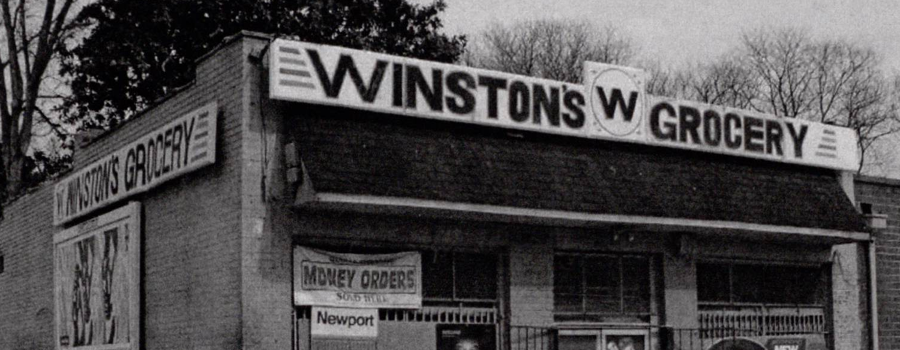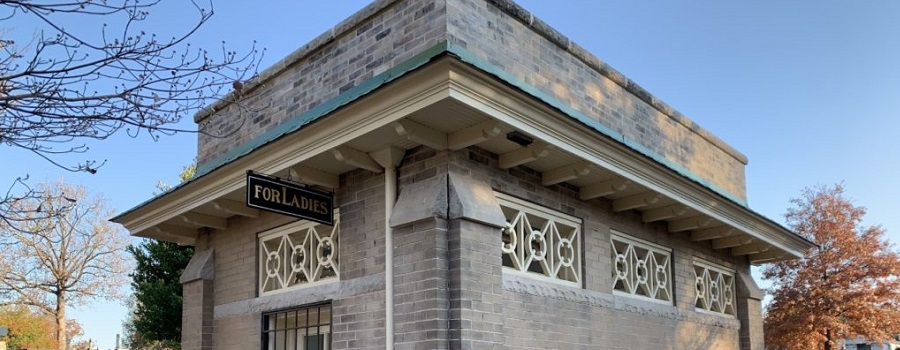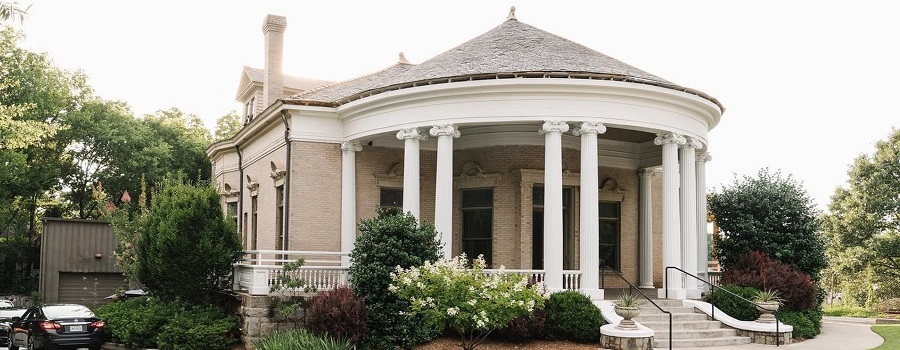Format: Photographs

Rhodes Center
Located in Midtown between Peachtree Street and Spring Street and constructed from September 1937 to June 1938, Rhodes Center was Atlanta’s first modern shopping center...
Read More

Pittsburgh Community
National Register Nomination Proposal to preserve the neighborhood known as Pittsburgh, located south of Mechanicsville. This traditionally African American neighborhood is bordered by railroad tracks....
Read More

Once Upon a Time in Atlanta
The purpose of this tour is to have students explore some of the locations on or near GSU’s campus in Raymond Andrews’ memoir Once Upon...
Read More

Oakland Cemetery Comfort Station Buildings
Historic Structure Report provides historical context and physical condition of the women’s and men’s comfort stations at Oakland Cemetery, Atlanta’s largest historic cemetery. The comfort...
Read More

Lane Brothers Collection
Photographic collection contains images of AT&T, Atlanta Gas Light Company, Coca-Cola, Delta Air Lines, Eastern Air Lines, Rich’s, Shriners Yaarab Temple, and the Southeastern Fair...
Read More

The Wrecking Bar: Volume I
Part one of a historic structure report on the Wrecking Bar, formerly the Kriegshaber House, built in 1900 and located at 292 Moreland Avenue, NE....
Read More

The Wrecking Bar: Volume 2
Part two of a historic structure report on the Wrecking Bar, formerly the Kriegshaber House, built in 1900 and located at 292 Moreland Avenue, NE....
Read More

Virginia-Highland Historic District
Proposed design guidelines for the Virginia-Highland Historic District were developed to promote preservation and rehabilitation of historic buildings and new construction. Presented within are recommendations...
Read More
 Georgia State University Library
Georgia State University Library